
How to Deal With Leeches on Trek in Nepal?
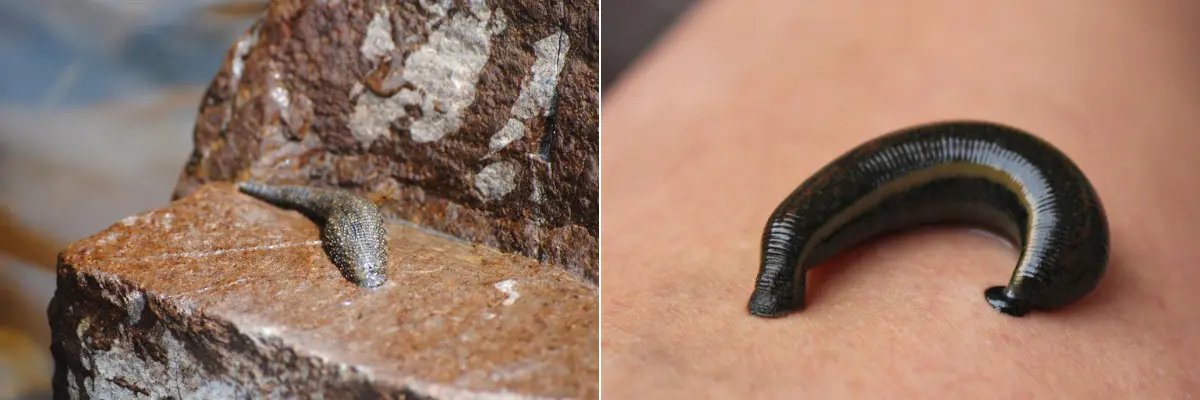
Table of Contents
You’re walking deep in the jungle, damp and wet, boots soaked from a stream crossing, and suddenly, you feel something wriggling on your leg. Yep, it’s a leech. Though these slimy, blood-sucking creatures might not be dangerous, these leeches can turn your peaceful trek into a stressful one really quickly.
Whether you’re trekking in the lush forests of Nepal or exploring wet trails abroad, knowing how to handle leeches is essential.
Leeches are usually found in wet ground, where the air is moist and something cold and squishy. For trekkers who are venturing into tropical and subtropical trails, these creatures slithering up your leg is common.
Especially around lower altitude villages like Syabrubesi, Dharapani, etc., these creatures can be found. Sometimes, they might even fall from tree branches. But fear not; they are far less dangerous than they are annoying.
Here’s a complete guide on what they are, where they lurk, how to avoid them, and most importantly, how to safely deal with them.

Where Do Leeches Live?
Leeches usually live in damp, shady environments like dense forests. They usually live near water sources and areas with high humidity.
In Nepal, they can be found in lower-altitude villages like Ghodatabela (Langtang Valley Trek) and Jorsalle (Everest Base Camp Trek). Especially below 2000 meters (6500 ft), they thrive around subtropical jungles.
Places with thick vegetation near rivers or waterfalls and muddy terrains are their favourite places. However, they can be spotted up to around 3000 meters (9843 ft) elevation.
Likewise, your trekking boots are another favourite place; they are kind of damp and warm. So, always check if there are any leeches before wearing them in the morning.
What Do Leeches Eat?
While you might assume them to be blood-sucking, creepy vampires, they are really not like them. Leeches primarily feed on the warm blood of warm-blooded animals, including humans.
However, you might be shocked to know that not all of their kind are bloodsuckers; some feed on dead matter.
Those that they feed on blood; they attach painlessly to the skin using their sucker. Then, they inject an anticoagulant into the blood flow. Once they are full, they drop off.
All this usually happens without the victim realising it until later, when the victim feels something itchy or moist due to non-stop flowing blood.
Are They Dangerous to Humans?
Leeches are rarely dangerous. They may cause discomfort, bleeding, itching, and mild swelling, but serious complications are extremely rare.
Though they are not the carriers of any diseases, their bite site can cause bleeding for hours due to the anticoagulant (hirudin) they inject. However, the risk is the secondary infection that can be caused by open wounds or scratching. So always carry antiseptic wipes or liquid, and clean the bite thoroughly.
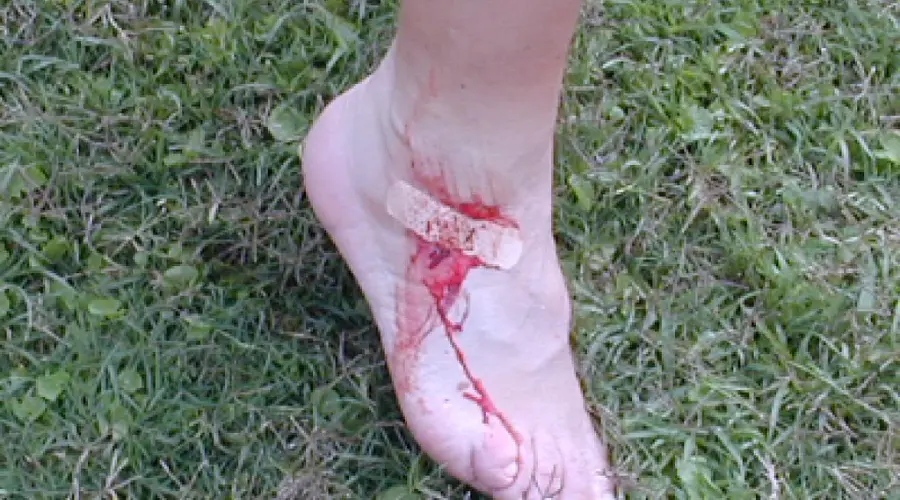
How to Avoid Them?
Prevention is always better than a cure, so try to deal with these parasites even before they can slither up your leg.
Here are some strategies that can help you stay away from leeches.
Before the Trek
- Wear leech socks (long, tightly woven socks tucked into boots).
- Apply Dettol, Savlon, or Iodex on exposed skin.
- You can apply lemon juice or vinegar to your boots and ankles.
- Coat shoes with tobacco paste, turmeric, or coconut oil with salt, traditional remedies that work well.
During the Trek
- Stick to dry, sunlit paths if possible.
- Avoid brushing against wet plants or grass.
- Take frequent breaks to inspect socks and shoes for hidden hitchhikers.
- Keep a small salt pouch or hand sanitizer ready in your side pocket.
Note: Local guides and villagers might have herbal concoctions to keep leeches away. So, if needed, do not hesitate to ask them for it.
How to Safely Remove a Leech?
As soon as you see a leech sticking to your skin, the first thing you might want to do is pull it out. But, sometimes, if done incorrectly, it may cause more harm than good.
So, here’s how to do it the right way.
- First thing you might want to do is stay calm. Panicking will make you remove it hastily, increasing the risk of tearing the leech and leaving its head behind in your skin. So, slide your fingernail under the sucker (mouth end) and flick it off gently.
- Another easy and safe method to remove a leech is by using salt or lemon juice. Leeches instantly detach when exposed to salt or acidity.
- Applying Dettol or Savlon can work as a repellent and removal aid.
- Do not burn or rip the leech off. By doing so, you are only increasing the risk of infection.
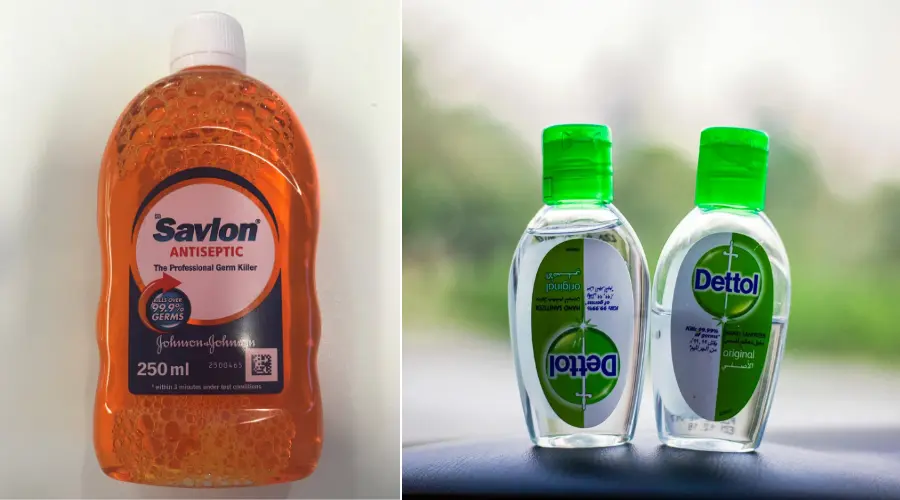
Treating Leech Bites
Even after all the precautions, you might still get bitten. So, here are some of the methods to treat leech bites.
- Clean the wound properly with water and antiseptic.
- You can use neem oil, coconut oil, or turmeric to reduce itching and bacterial infections.
- Use antihistamines (only after medical consultation) if swelling or allergies occur.
- If the bite does not heal for several days, 10-15 days, or shows signs of pus or infection, consult a doctor.
When and Where Can You Spot Leeches on Nepal Treks
Not all trails in Nepal are infested with leeches. You will not encounter these parasitic creatures on the Upper Mustang Trek and on the upper regions of the Upper Dolpo Trek route.
However, it’s better to know when and where they are expected to be found. Nonetheless, in almost all the treks in Nepal, leech encounters in lower altitude villages are common, especially during the rainy seasons.
Nepal Trek Trail With High Leech Activity
It’s common to find leeches in humid, forested, and low-altitude trekking trails. Here are some trek trails with high leech activity.
Annapurna Circuit Trek: From Dharapani to around Chame village, trekkers can encounter leeches on the way. While from Kalopani, on the jungle route, trekkers can see them when returning.
Annapurna Base Camp Trek: Frosty trails around Tadapani, Ghandruk, and Chhomrong are the perfect place for them. So, in areas, especially below Chhomrong to Naya Pul, leech encounters are common. Likewise, while returning, they can be seen below Deurali.
Mardi Himal Trek: Around Pothana, trekkers might find leeches slithering up their legs.
Langtang Valley Trek: Dense forests from Syabrubesi to around Ghodatabela and Thyangsyapu in this route are a hotspot for leeches. In addition, in the lower altitudes of the Tamang Heritage route, where humidity is high, be cautious of them.
Ghorepani Poon Hill Trek: In the lush forests of Ulleri to Ghorepani, this parasite thrives. They can be seen in abundance around here. Particularly between June and September, you need to be extra careful and use precautionary methods.
Nepal Trek Trail With Minimal to No Leech Activity
Usually, the chances of leech spotting and bites are rare in dry and cold trek trails. Some of the regions in the Nepal trekking trails where leech encounters or activity is rare, and are ideal for trekking.
Manaslu Circuit Trek: While the lower forests around Jagat, Deng, Sokhe, and Dharapani may have some leeches, the upper regions are safe. Likewise, if you are planning to trek the Tsum Valley region on 1st day of the trek until Philim, only a leech encounter is probable.
Everest Base Camp Trek: In this dry and high-altitude terrain, leeches rarely survive. However, if you are to encounter one, it’s probably around the Phakding to Jorsalle route, where the route goes through thick forests.
Kanchenjunga Circuit Trek: It is a high-altitude trek route. So, the leech is generally found only on the 1st and last day of the trek, around Ghunsa and Khambachen.
Upper Dolpo Trek: Trek route up to Shey Phoksundo and after Khanigaon, dense sub-alpine forests are the perfect place for the leeches to live. However, in the Upper regions of Dolpo, leeches are rarely found.
Upper Mustang Trek: This route follows dry, desert-like landscapes. So, the chances of finding a leech on the route are almost next to none.
Which Season is Leeches’ Favorite Time in Nepal?
Usually, monsoon (June to early September) is the peak leech season in Nepal. However, they can still be seen post-monsoon (late September to October).
So, if you want to avoid leeches on the trail, you might want to trek around winter and spring. These seasons have cold, dry air, keeping leeches at bay.
Interesting Facts About Leeches
Here are some of the interesting interesting facts about leeches, which might be helpful for you in understanding their nature and act accordingly during the trek.
- Leeches have three jaws and up to 300 teeth.
- They have 32 brains, called ganglia.
- Their saliva contains hirudin, a powerful anticoagulant now used in modern medicine to prevent clotting and restore blood flow.
- Some leeches are highly sensitive to carbon dioxide. So, they can detect your breath or sweat and start crawling toward you.
- Leeches can survive months without feeding.
- They have eyes, but not like ours. It has simple eyes called ocelli, which detect light and shadow but not image.
- In some cultures, leeches are used for therapeutic bloodletting.
Final Words: Don’t Let Them Ruin the Trek
Leeches are just one of the many tiny nuisances on the Himalayan adventure. With proper awareness, preparation, and some local wisdom, they are nothing but small creatures for you to explore.
You need to understand that they are not life-threatening, but just mild annoyances. Don’t let a minor fear of a slimy creature reduce the excitement a bit due to them. They are totally manageable.
Want to know more?
Speak to an Expert





Sandip Dhungana
Nepal 🇳🇵
Whatsapp: +977-9823636377


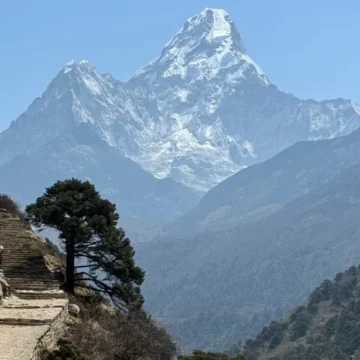
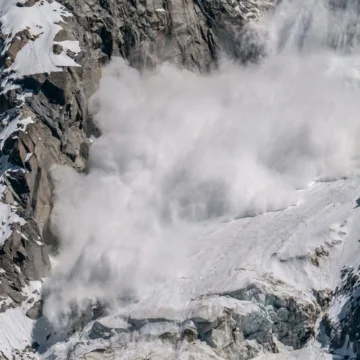

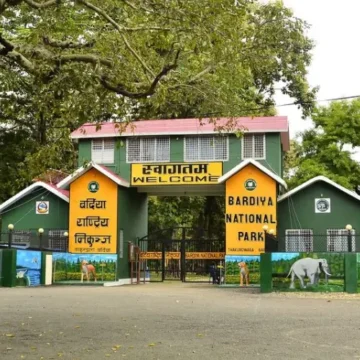



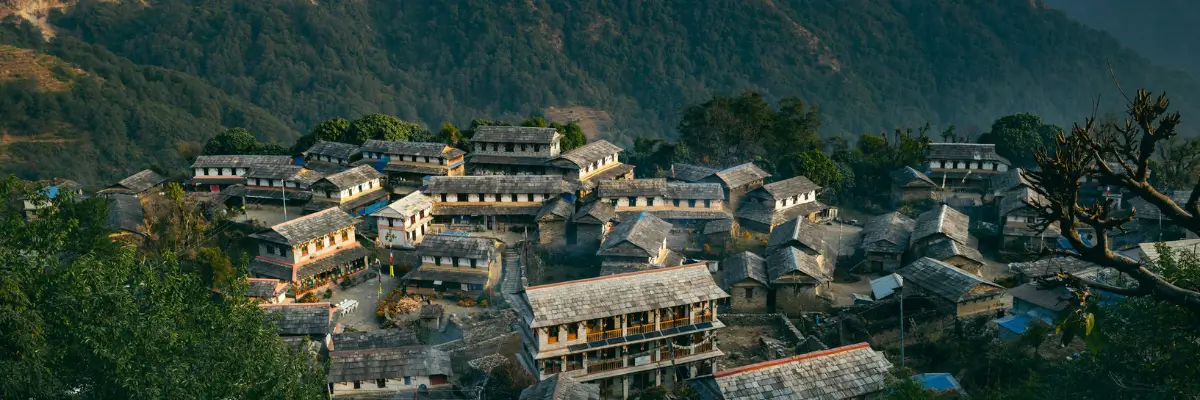
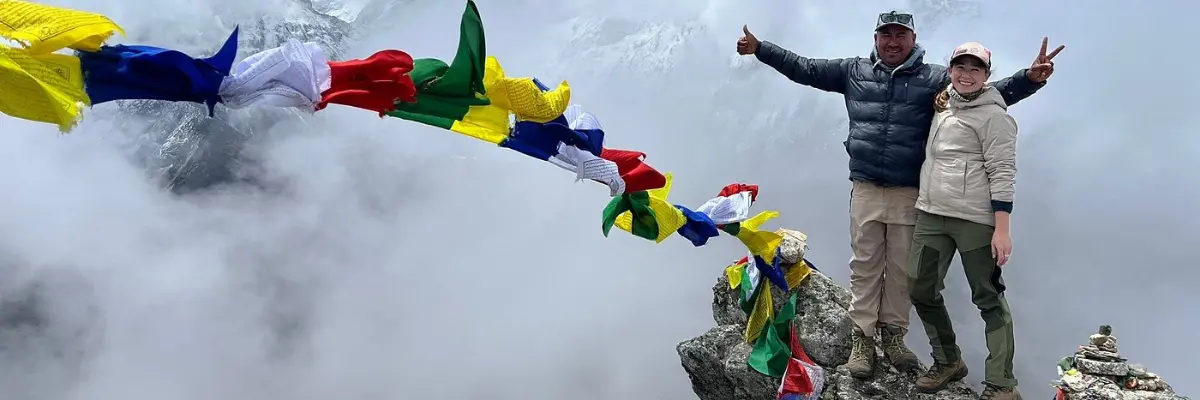
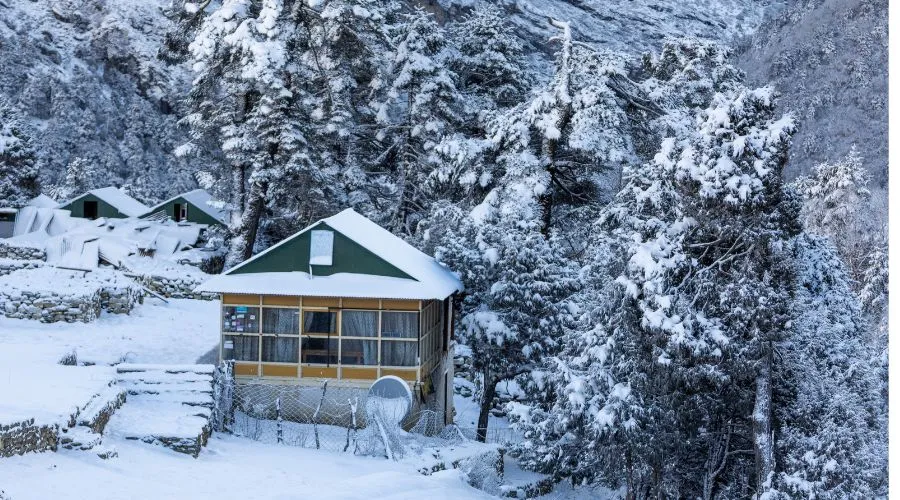
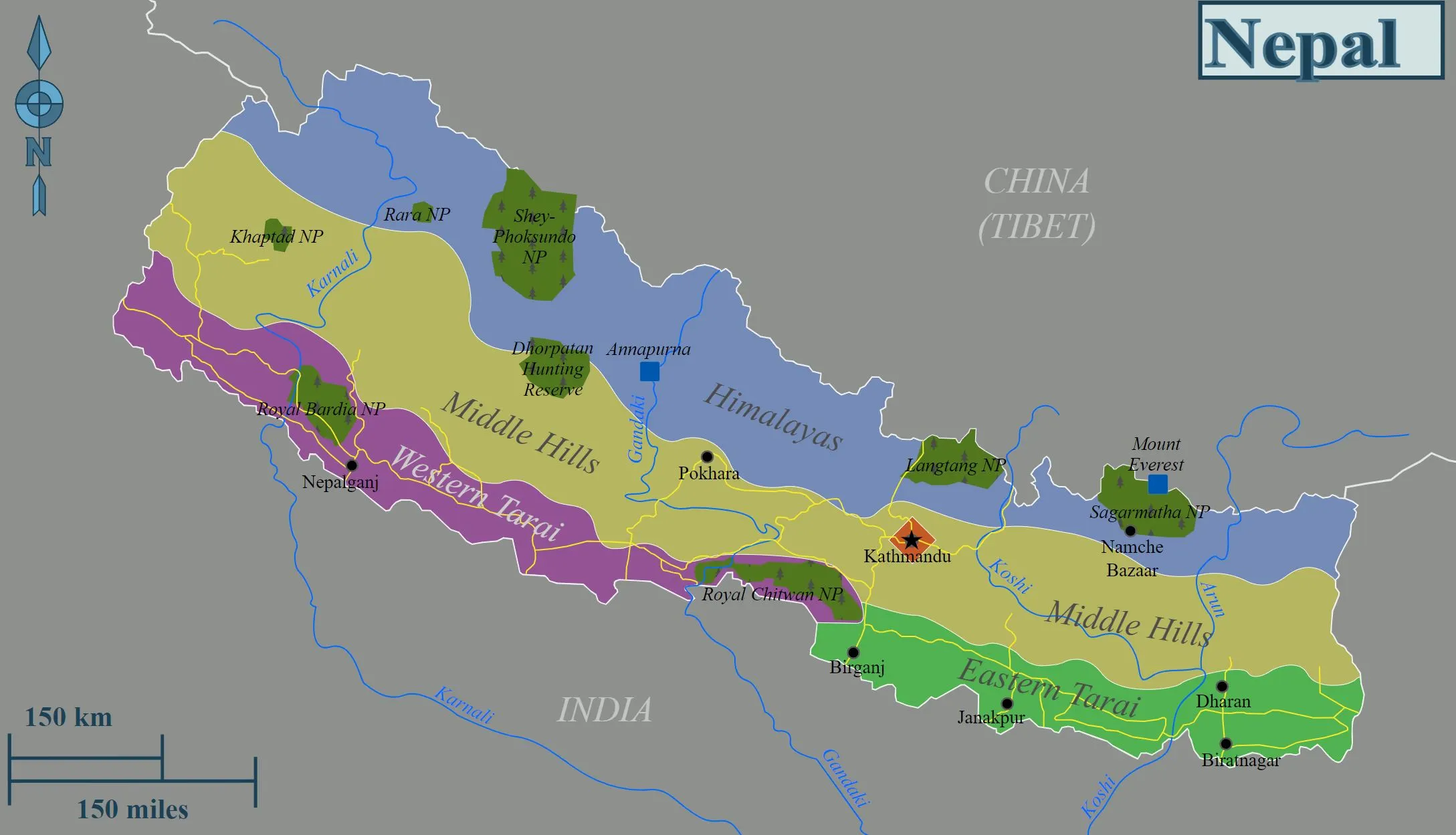
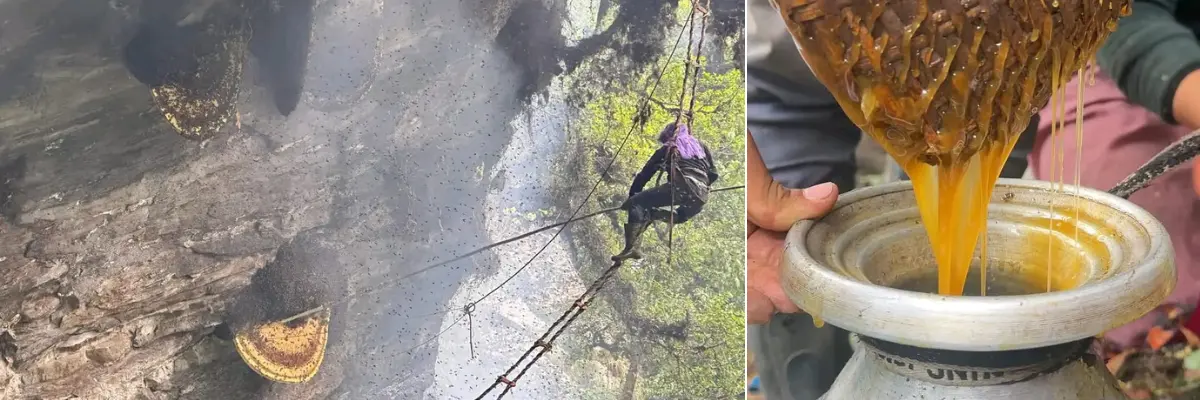














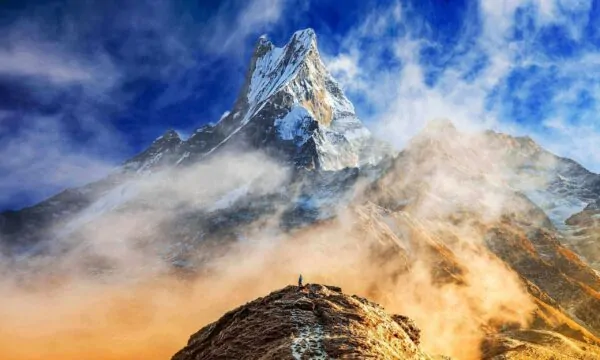
Leave Your Comment